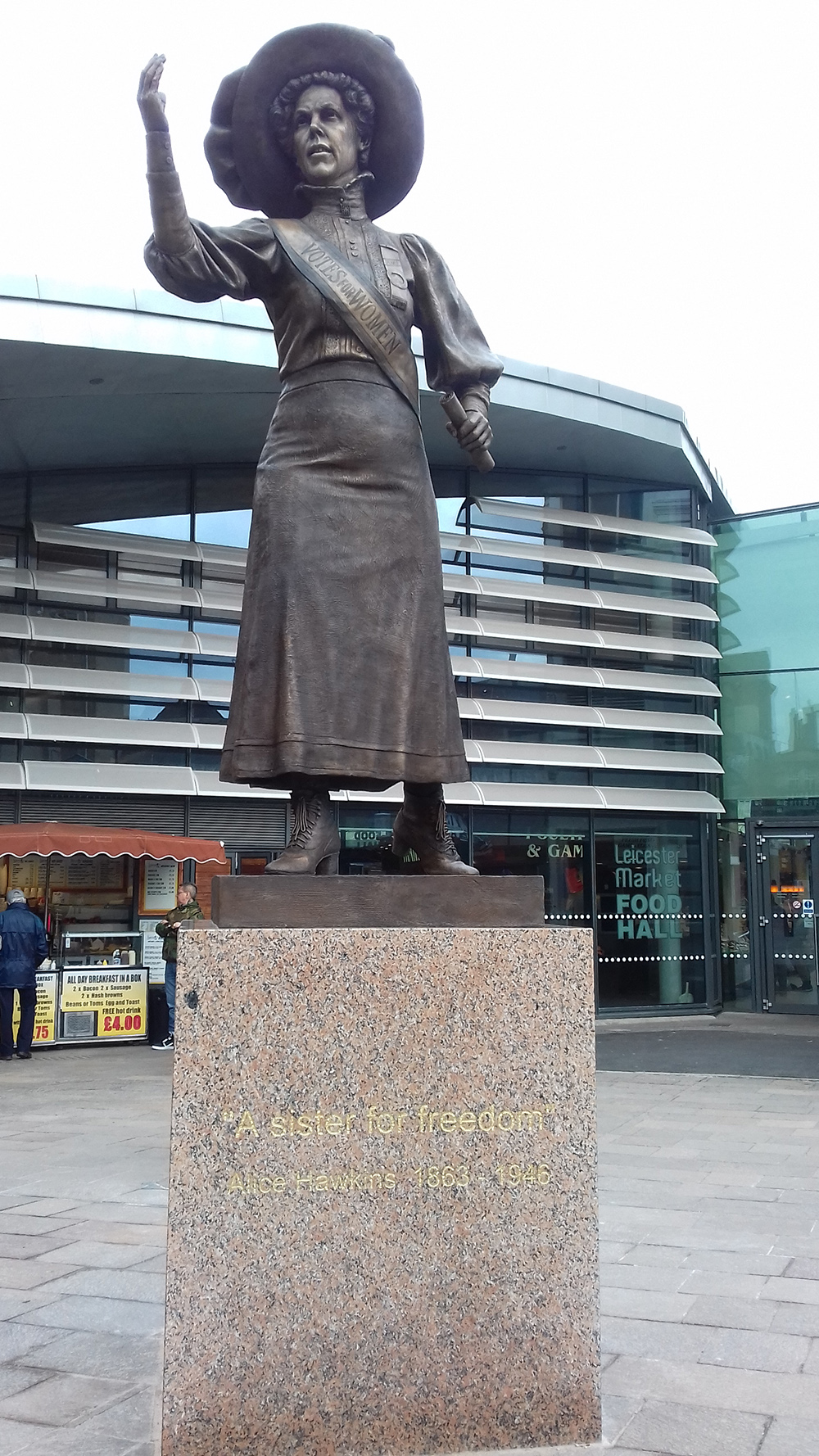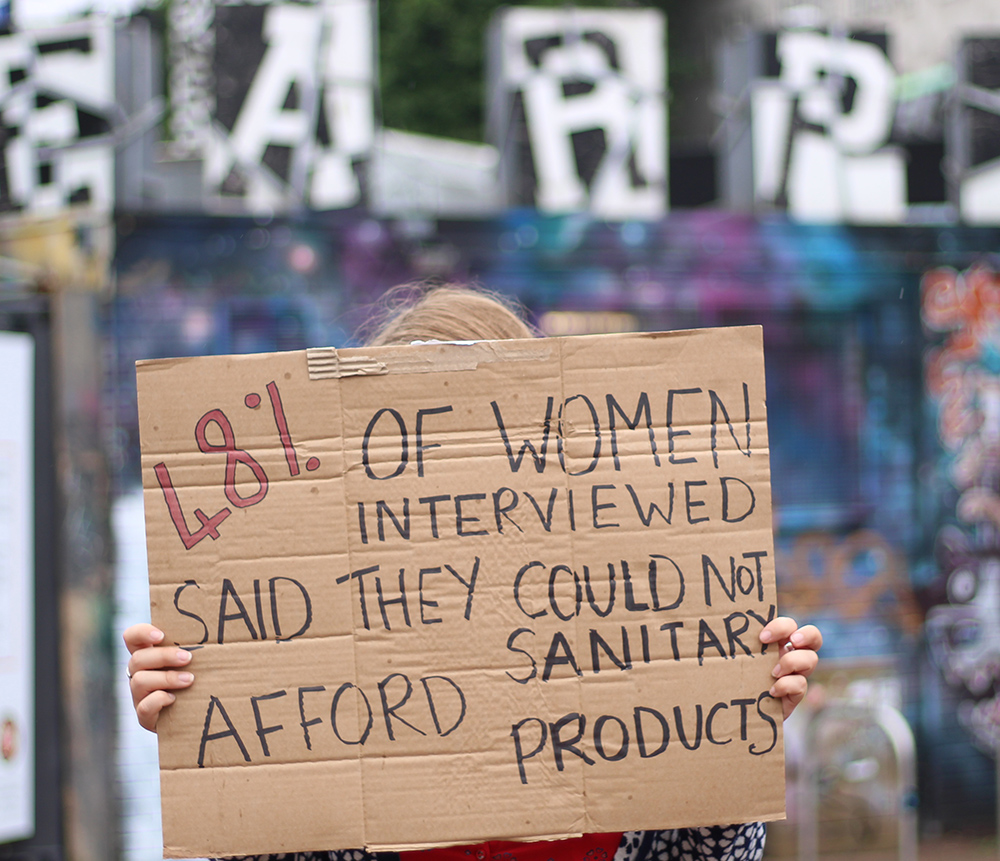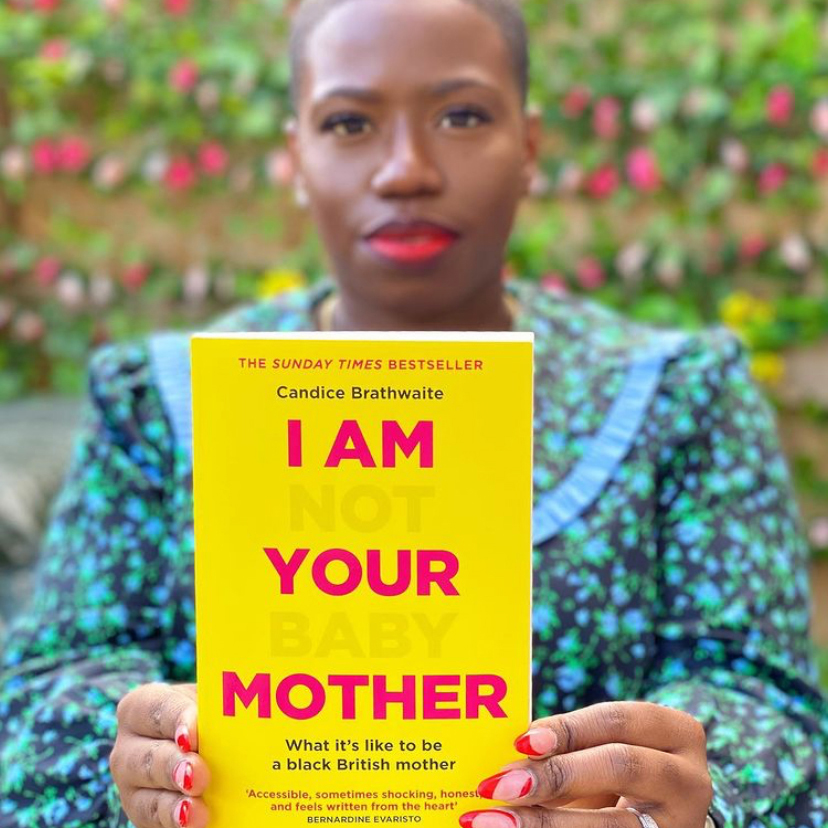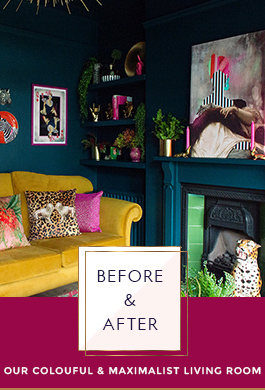100 Years On: The Fabulous and Fearless Women Who Shaped History
27 Apr 2018
We have something very special for you today, and as you may have noticed, our ‘Fabulous and Fearless Women’ post is a little different this month…
This year marks a pivotal moment in history and one that proved rather fitting for our Fabulous and Fearless Women column – 100 years on since the first women were given the right to vote. As part of this milestone, Bolton, Bristol, Leeds, Leicester, London, Manchester and Nottingham were named ‘Centenary Cities’ by the government to help celebrate, promote and educate people about this momentous period. We’ve taken a closer look at some of these cities and their pioneering women who helped shape history and made votes for women possible. We have a lot to thank them for, ladies!
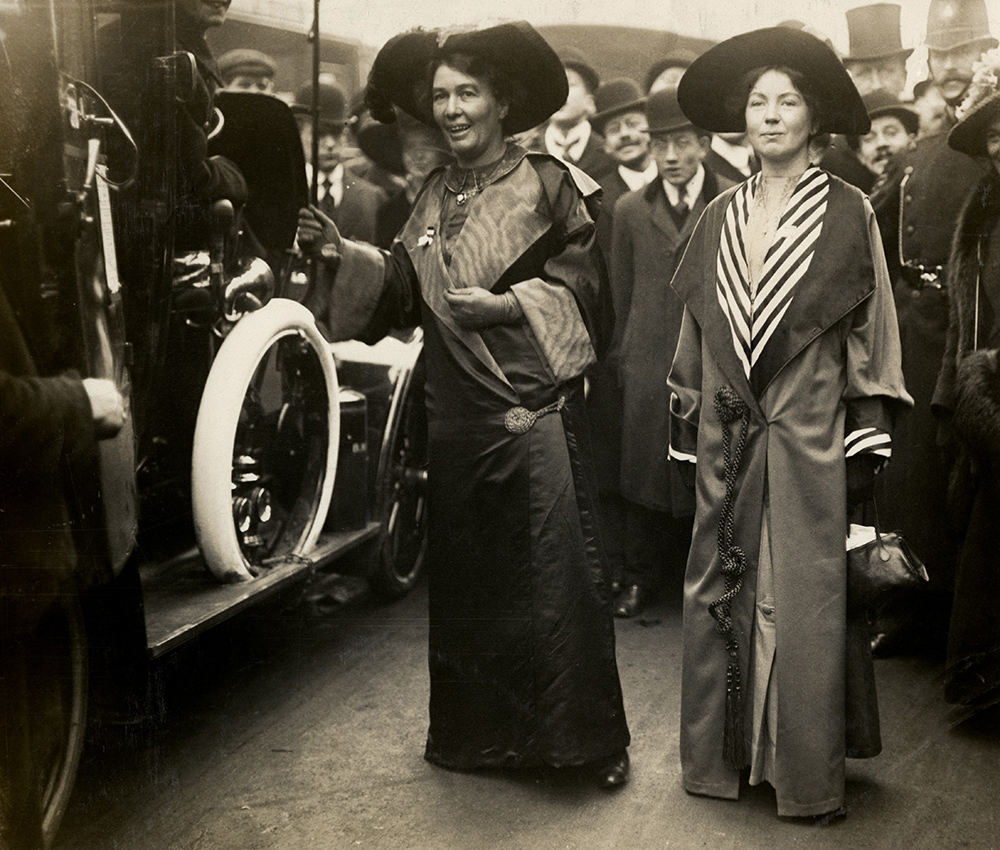 Photo Credit: LSE Library Emmeline Pethick Lawrence and Christabel Pankhurst, c.1908-1912 via PhotoPin
Photo Credit: LSE Library Emmeline Pethick Lawrence and Christabel Pankhurst, c.1908-1912 via PhotoPin
Emmeline Pankhurst:
Leader of the British suffrage movement, Emmeline Pankhurst was born in Manchester on 14 July 1858. After founding the Women’s Franchise League in 1889, Emmeline co-founded the more militant Women’s Social and Political Union (WSPU). The organisation that gained a reputation for its activities including window smashing, arson and hunger strikes. Like many of her fellow suffragettes, Emmeline was imprisoned many times for her activism. Her husband, Richard Pankhurst who she married in 1879 was a keen supporter of the women’s suffrage movement, and together they brought up three more notable suffragettes, their daughters Christabel, Sylvia and Adela.
A new 8ft landmark statue of Emmeline Pankhurst, created by Hazel Reeves is due to be unveiled in Manchester’s St Peter’s Square in December this year.
Helen Kirkpatrick Watts:
Helen was born on 13th July 1881 and moved to Lenton, Nottingham at the age of 12. Although she was from a conservative background, she joined the Women’s Social and Political Union (WSPU) in December 1907 after she heard a local speech given by Christabel Pankhurst. Helen herself spoke at many public meetings on socialist and feminist topics and faced prison on two occasions including one month’s imprisonment at Holloway for participating in a WSPU demonstration outside the House of Commons. She also received the Suffragette Medal for going on hunger strike.
As part of Nottingham’s events to mark the centenary occasion, Helen is being honoured with her own Castle Rock beer. Made with the assistance of Nottingham’s Women’s History Group, the mild juniper flavoured ale will be available at brewery pubs across Nottinghamshire this month. It was in fact said that beer may have never existed without the entrepreneurial skills of women. Who’d have thought, ay?
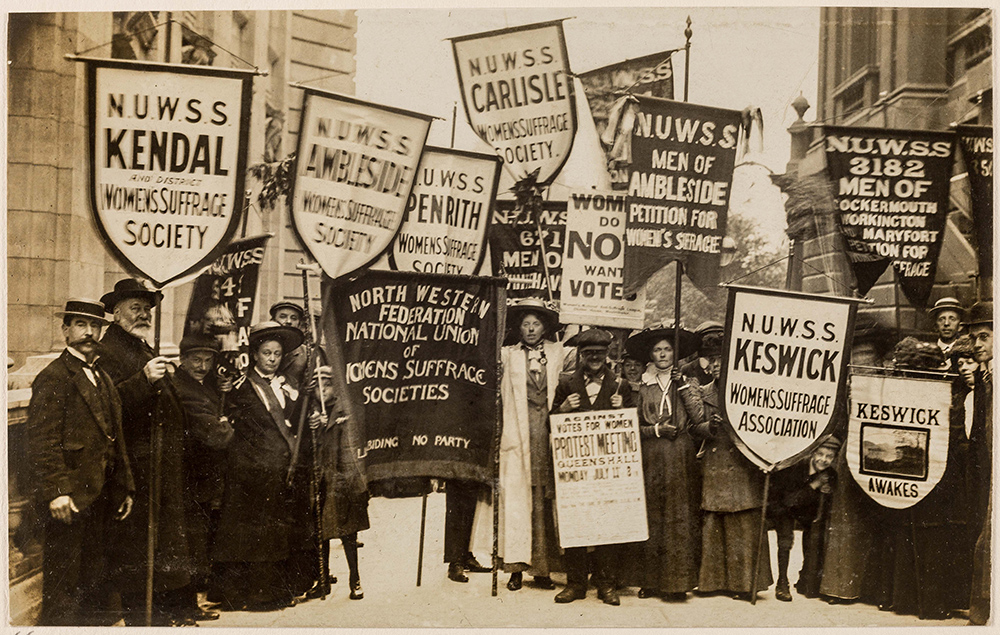 Photo Credit: LSE Library Mary Lowndes Album via PhotoPin
Photo Credit: LSE Library Mary Lowndes Album via PhotoPin
Leonora Cohen:
Leonora was raised in Leeds primarily by her mother after her father passed away aged just 30. From a young age, she joined her mother’s work in the textile industry to help support the family. The working conditions for women are what initially motivated her to fight for equality and women’s right to vote. Leona joined the Leeds WSPU in 1909 and made several physical actions of protest against the British government. She later became known as the “Tower Suffragette” after smashing the display case that protected the British Crown Jewels in the Tower of London in order to get her voice heard. Pretty fearless, eh? She fought for most of her life, even in the second wave of feminism in the 1970s.
An exhibition at Abbey House in Leeds titled ‘A Woman’s Place?’ opened in January 2018 and will run until the end of the year. It looks at how everyday life has changed for women from the 1860s until today and its exhibits include Leonora’s WSPU badge and a glove worn by Olympic boxer, Nicola Adams.
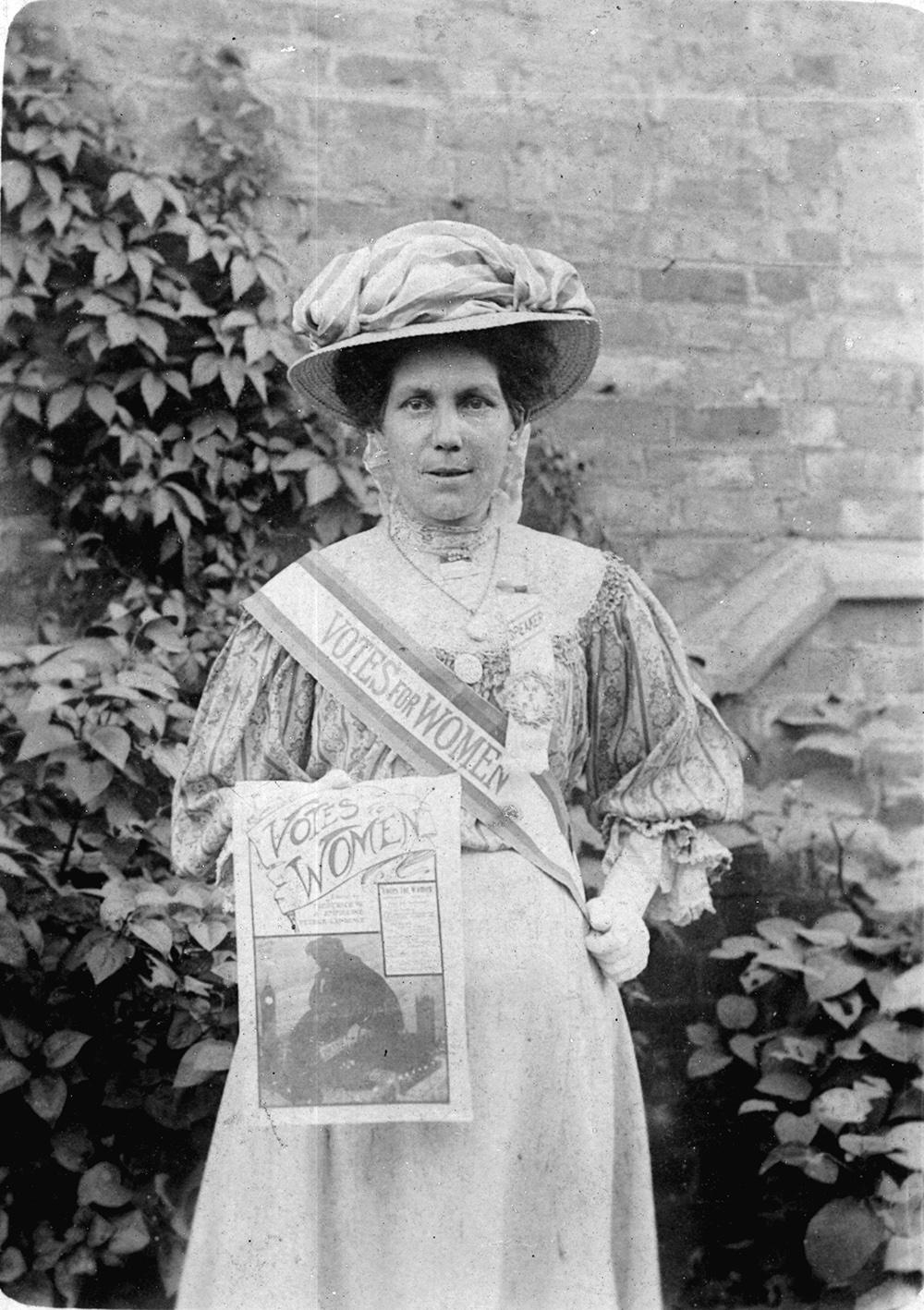 Alice Hawkins. Photo Credit: Peter Barratt
Alice Hawkins. Photo Credit: Peter Barratt
Alice Hawkins:
As Leicester-born ladies, we are very proud that our very own city was selected to be a part of the centenary events, thanks to Alice Hawkins. She spent most of her life in Leicester and at the age of 13, began working as a shoe machinist. From a young age, Alice became aware that the pay and working conditions for women were dissimilar to that of her male colleagues, and so, her fight for equality began. She became an active member of the WSPU and regularly addressed crowds in Leicester’s Market Square on topics including votes for women. She was imprisoned a total of five times throughout her years of campaigning.
To honour Alice’s tireless and fearless efforts, a 7ft bronze statue has been created by sculptor Sean Hedges-Quinn, which was unveiled in Leicester’s New Market Square back in February.
Mary Elizabeth Barnes:
Another fabulous woman that broke down many barriers was Mary Elizabeth Barnes. For many years, she worked tirelessly to help improve working conditions, housing, education and health for the people of Farnworth, Lancashire. From 1919-1924, Mary became the vice chair of the Women’s Citizens Association, formerly known as the Bolton Suffrage Society, and then became the president from 1924. And there was no stopping her there, she was also president of the Farnworth Branch, National Union of Women’s Suffrage Society and secretary/president of Farnworth & Kearsley Women’s Citizens Association from 1913 onwards.
A free event which will be held later this year at Farnworth Park, will focus on Mary’s life and a new commemorative plaque will be unveiled in her honour.
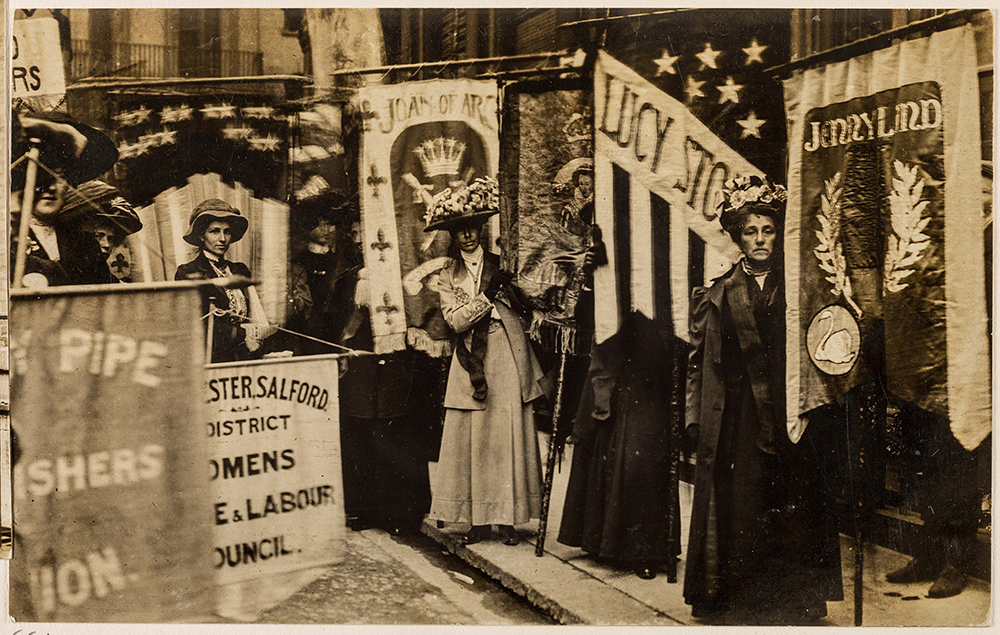 Photo Credit: LSE Library Mary Lowndes Album via PhotoPin
Photo Credit: LSE Library Mary Lowndes Album via PhotoPin
Millicent Fawcett:
Born in 1847 to a middle-class family, Millicent was educated at a boarding school in London where she developed a keen interest in literature and education. She was moved to support the women’s suffrage movement when her sister struggled to find employment as a doctor. Millicent devoted a lot of her time to political campaigning and in 1890, she was elected President of the National Union of Women’s Suffrage Societies (NUWSS), the non-militant side of the movement. Under Fawcett, The NUWSS campaigned not only for equal rights for women but also supported other causes including putting an end to the slave trade.
A statue of Millicent which was created by artist Gillian Wearing was unveiled in London earlier this week to commemorate the life of the suffragist. It is the first statue of a women to be erected in Parliament square.
These women have certainly shown that they’re the epitome of fabulous and fearless through their courage and tireless efforts that have helped shape our history.
Who are the female role models in your lives? And What do you think makes a woman fabulous and fearless?
Jess x
Image Usage Rights: Flickr
Leave a comment
Your comments make us happy!


